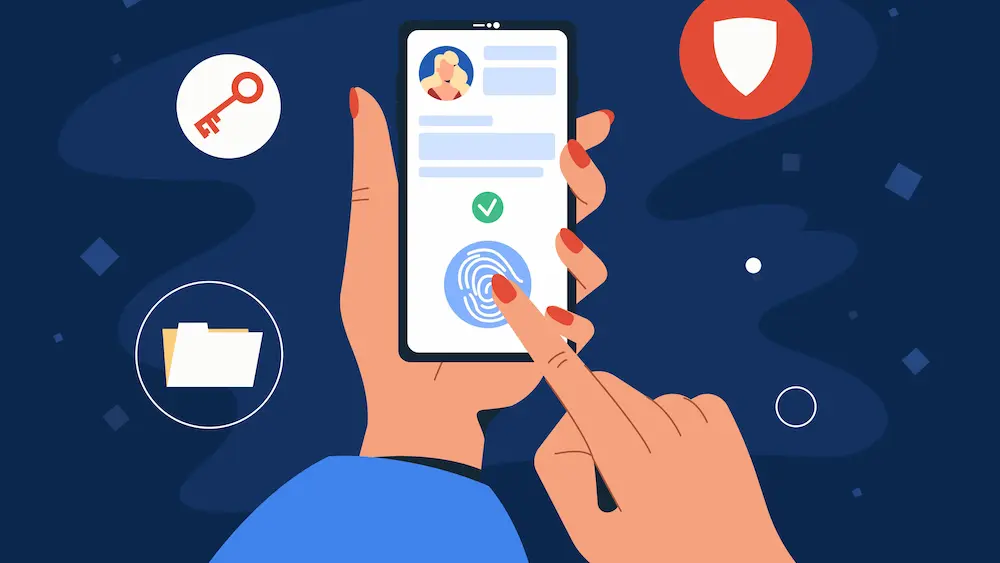In a world where mobile apps have become an integral part of our daily lives, ensuring the security of these applications is paramount. With cyber threats constantly evolving, it’s crucial to stay ahead of the curve when it comes to mobile app security. In this blog post, we’ll explore ten essential mobile app security best practices that you must implement today to protect your users and your reputation.
1. Conduct Regular Security Audits
Start by conducting regular security audits of your mobile app’s codebase and infrastructure. Use automated tools and manual testing to identify vulnerabilities and weaknesses. Keep your app up to date with the latest security patches and libraries.
2. Secure Data in Transit and at Rest
Implement strong encryption mechanisms to protect data both in transit and at rest. Use industry-standard protocols like HTTPS and TLS for data in transit and encryption libraries for data at rest. Ensure secure storage and handling of user credentials, personal information, and sensitive data.
3. Implement Strong Authentication
Implement robust authentication mechanisms, such as multi-factor authentication (MFA) and biometrics, to verify user identities. Avoid storing passwords in plain text and use salted hashes for added security.
4. Employ Proper Session Management
Ensure proper session management by using secure tokens and expiring sessions when users log out or after a period of inactivity. Protect against session fixation and session hijacking attacks.
5. Code Review and Secure Development
Train your development team in secure coding practices and conduct regular code reviews. Use static code analysis tools to identify and fix security vulnerabilities during development. Follow security-focused coding standards.
6. Implement App Sandboxing
Leverage platform-specific sandboxing techniques to isolate your app from the underlying operating system and other apps. This helps prevent unauthorized access to sensitive resources.
7. Protect Against Reverse Engineering
Use obfuscation and anti-reverse engineering techniques to make it difficult for attackers to decompile and reverse engineer your app. Protect your app’s intellectual property and sensitive algorithms.
8. Monitor for Anomalies
Implement real-time monitoring and logging to detect suspicious activities and anomalies. Set up alerts for unauthorized access, abnormal data access patterns, and potential security breaches.
9. Regularly Update Your App
Frequently release updates for your mobile app to patch known vulnerabilities and address security issues. Encourage users to keep their apps up to date to ensure they are using the latest, most secure version.
10. Have an Incident Response Plan
Prepare for security incidents by having a well-defined incident response plan in place. Know how to respond to breaches, communicate with affected users, and take necessary corrective actions promptly.

